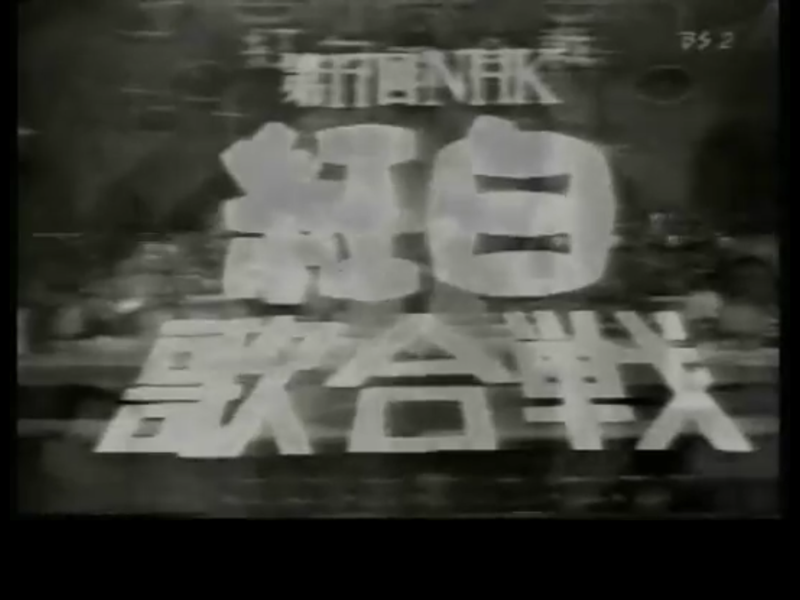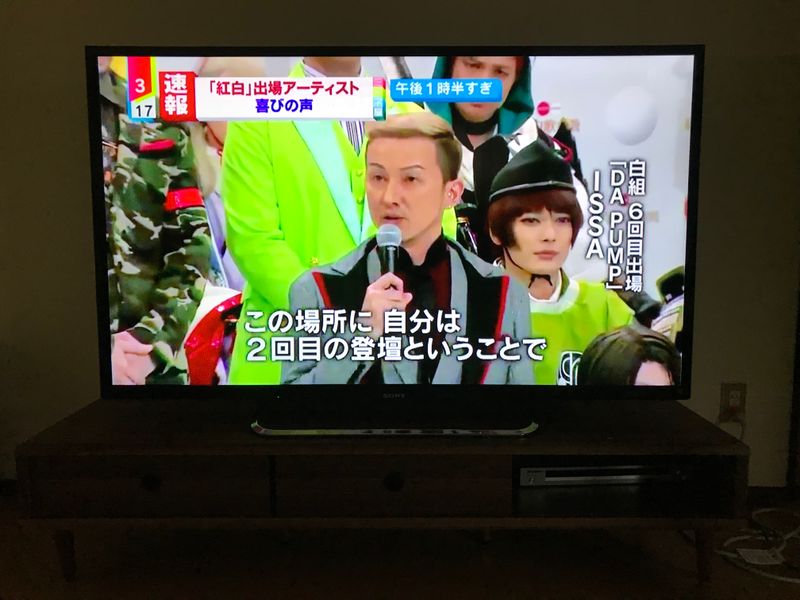Dec 18, 2018
The Actual Japanese New Year Tradition
When you think about New Year’s Eve in Japan, probably the first thing to come to mind is the throngs of people out at shrines, literally ringing in the new year on giant bells.
When I think of New Year’s Eve here, something else entirely different comes to mind that might be even more cherished for Japanese families than shuffling out in the cold to the wintry places of worship: a singing show.
Sound crazy? Well, maybe if it were just any old singing show, but I’m referring to…
Kōhaku Uta Gassen
What is Kōhaku?
The show is quite literally and aptly titled the Red/White Song Battle. In the special (known just as Kōhaku for short), two teams—one red, and one white—compete against each other in musical performances. The red team is comprised of female artists or groups with female lead vocalists, while the white team is all male (or with male lead vocalists).
It may not sound all that special, but it is one of those programs that a large percentage of Japanese households either actively watches or at least has on in the background on New Year’s Eve.
How did it become a tradition in Japan?
The show started as a NHK radio broadcast during the occupation-era, and made it to the small screen in 1953.

The concept was simple enough: invite the year’s most popular musical acts to perform in a New Year’s special, with the added fun of an audience-determined “winner” between the male and female teams. There is no restriction on the genre of music, so J-pop singers perform alongside rock bands and even enka (a kind of Japanese “country” music). The pic below shows some idol group from last year’s Kōhaku (I have no idea who they are!):

It makes for an odd hodgepodge of performances, but it also means that there is usually something for everyone in the family, young and old.
In Japan, New Year’s is a time for families to gather in their traditional homes, and when you get a large assortment of folks, Kōhaku made for something the entire family could enjoy on a cold New Year’s evening before shuffling out to the shrines at midnight.
The show started off as a one hour special but has since stretched to four hours given its popularity. At its peak, it was the most watched New Year’s special, and it is still among the top programs even as other programs have started to chip away at its dominant lead.
Given the show’s popularity, being selected to perform in Kōhaku became a major honor for Japanese bands and performers. For many, it was a sign that they had “made it.” As such, the special generally attracts the best and most popular acts of the year. They even have specials where they announce the year’s Kōhaku contestants. Here’s a shot of Da Pump’s lead singer (the group that sings the “Come on baby, America” song) learning that they would be performing:

In a way, having a recap of all the year’s hits serves as a nice wrap-up heading into a new year with new memories.
Kōhaku as a New Year’s Tradition
I have my own childhood memories of watching Kōhaku. I think it’s probably where my affinity for Enka music came from, since my Japanese grandmother would always get excited when her favorite enka singers would appear on the show.
It wasn’t until I was older that I realized just how popular Kōhaku was or how much it became a New Year’s tradition. In fact, when I asked my Japanese friend the other day about her favorite end-of-year tradition, she said it was watching Kōhaku with her entire extended family. Each person would get a copy of the set lists and grade each of the performances to come up with their own decisions on who should win the competition. They would also use the set list to decide the order in which people got to bathe. Since there was such a big family with only one ofuro, they would go based on who their least and most favorite performers were appearing.
While you might not feel compelled to go as far out as my friend’s family, if you haven’t taken the chance to sit down and down watch the Kōhaku Uta gassen, I recommend it. Not only has it become a part of Postwar Japanese culture, it’s a good way to introduce yourself to the most popular music of the past year if you’ve missed out. If nothing else, it’s a good way to while away the hours before the New Year’s countdown!
Hitting the books once again as a Ph.D. student in Niigata Prefecture. Although I've lived in Japan many years, life as a student in this country is a first.
Blessed Dad. Lucky Husband. Happy Gaijin (most of the time).



0 Comments